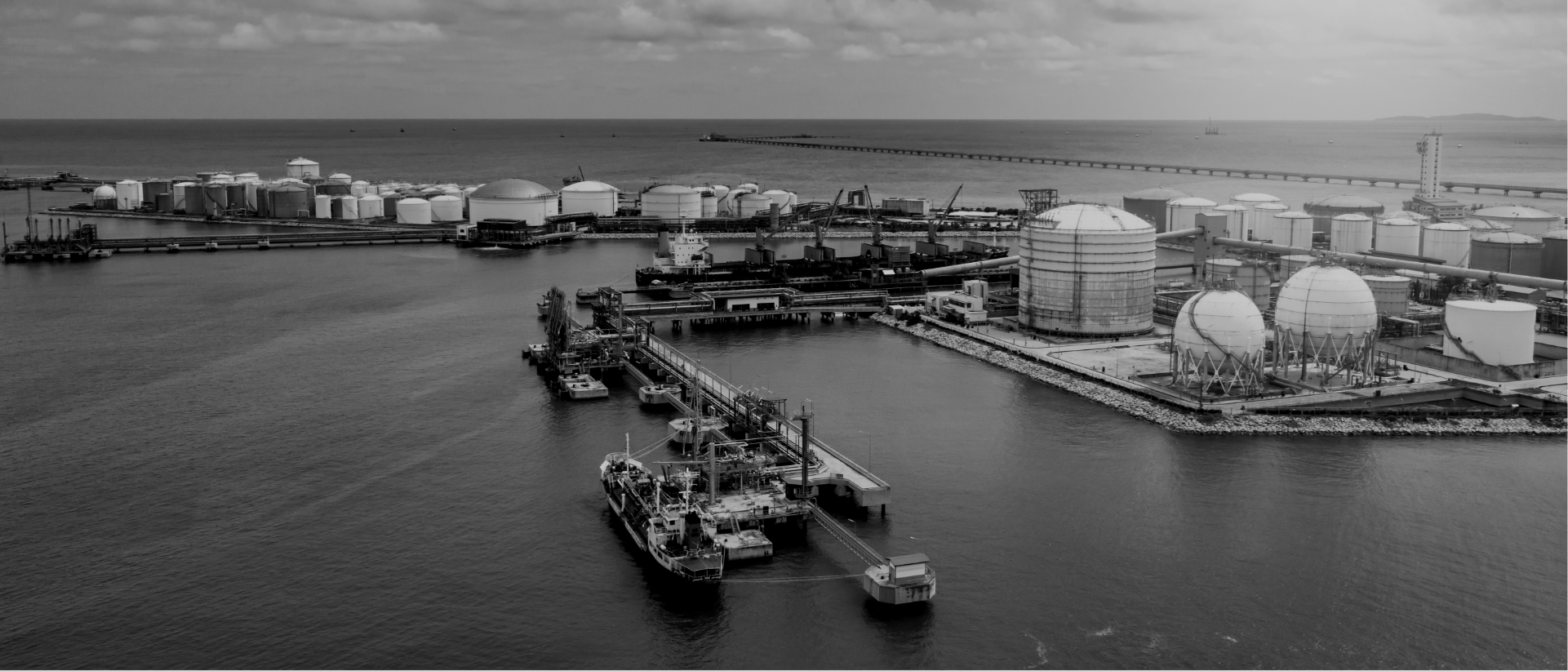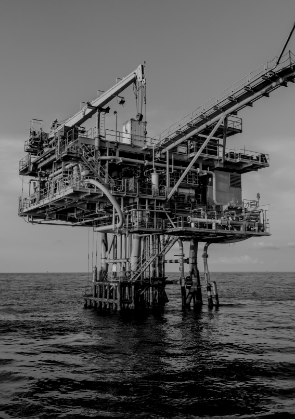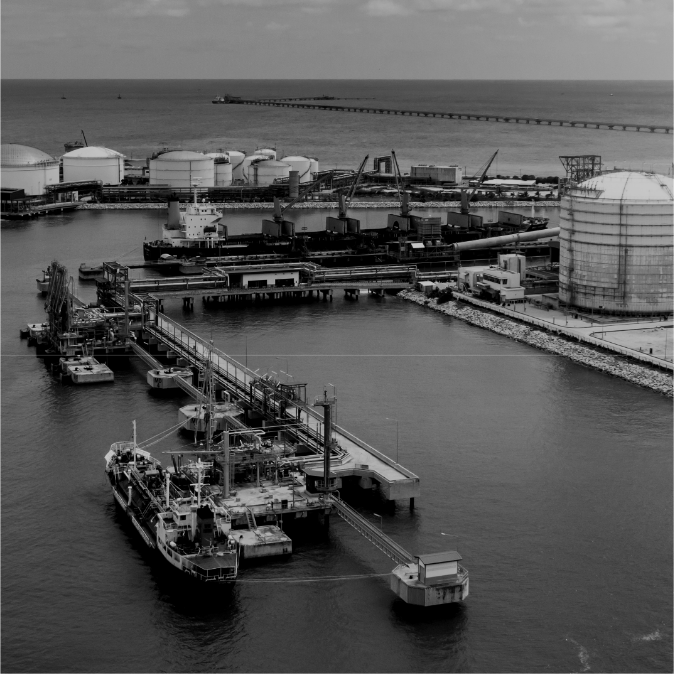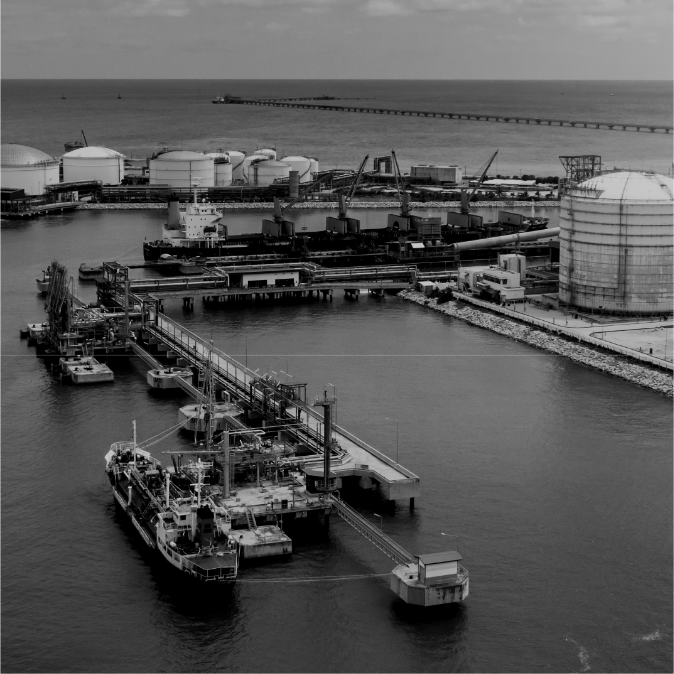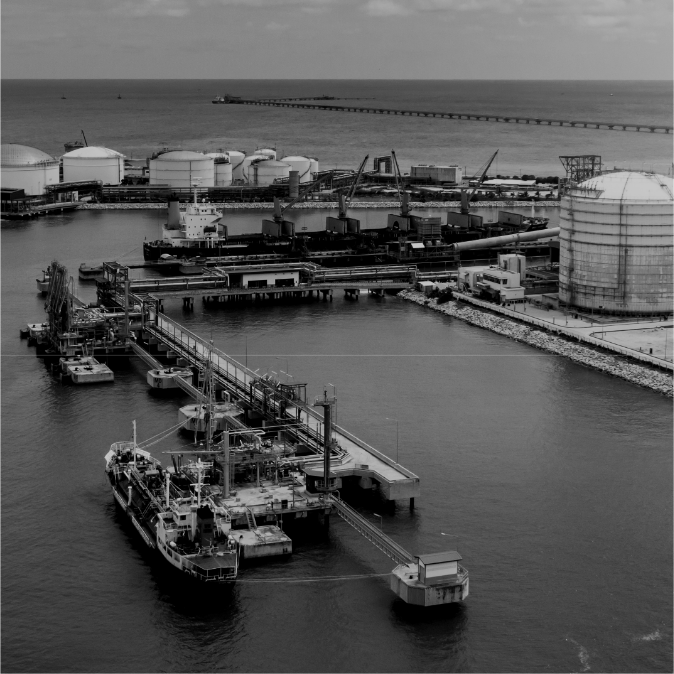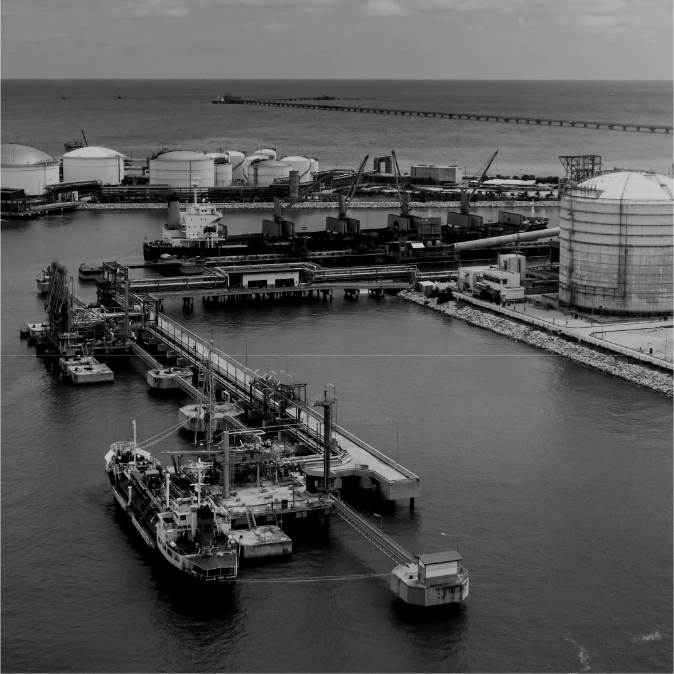Artifitial lift systems
Artificial lift is a method used to lower the producing bottomhole pressure (BHP) on the formation to obtain a higher production rate from the well.
This can be done with a positive displacement downhole pump, such as a beam pump or a progressive cavity pump (PCP), to lower the flowing pressure at the pump intake. It also can be done with a downhole centrifugal pump, which could be a part of an electrical submersible pump (ESP) system.
Electrical submersible pumps
The electrical submersible pump, typically called an ESP, is an efficient and reliable artificial-lift method for lifting moderate to high volumes of fluids from wellbores. These volumes range from a low of 150 B/D to as much as 150,000 B/D (24 to 24,600 m3/d).
Variable-speed controllers can extend this range significantly, both on the high and low side. The ESP’s main components include:
Multistaged centrifugal pump
Three-phase induction motor
Seal-chamber section
Power cable
Surface controls

